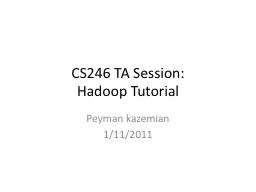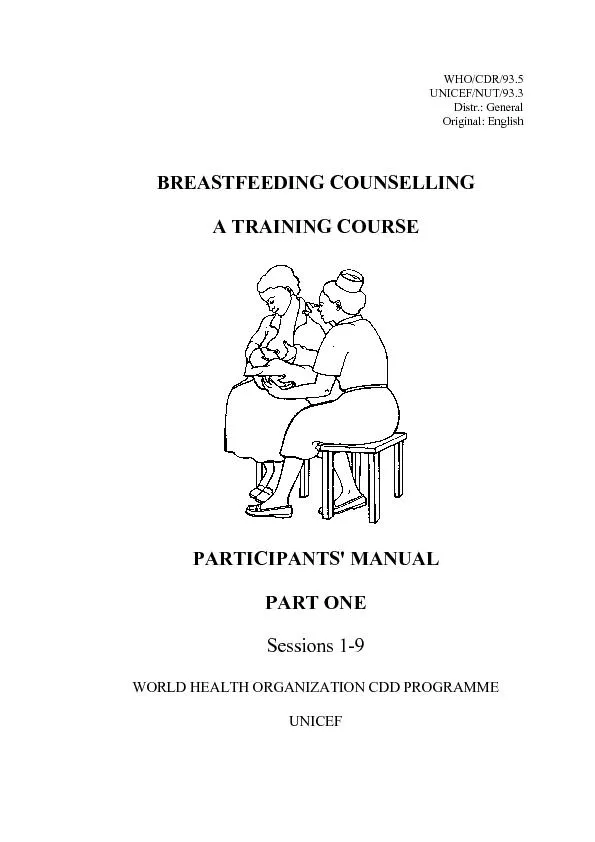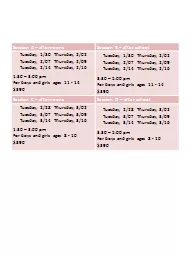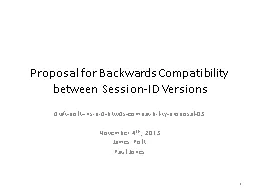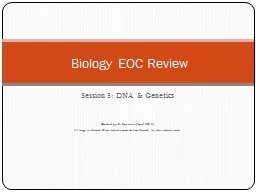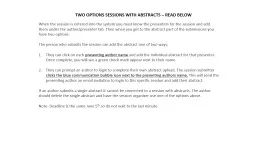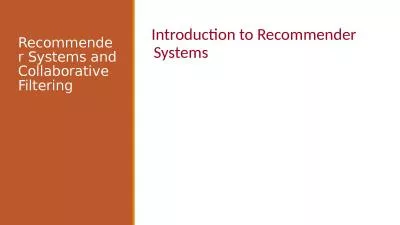PPT-CS246 TA Session:
Author : natalia-silvester | Published Date : 2017-07-06
Hadoop Tutorial Peyman kazemian 1112011 Hadoop Terminology Job a full program an execution of a Mapper and Reducer across data set Task An execution of a mapper
Presentation Embed Code
Download Presentation
Download Presentation The PPT/PDF document "CS246 TA Session:" is the property of its rightful owner. Permission is granted to download and print the materials on this website for personal, non-commercial use only, and to display it on your personal computer provided you do not modify the materials and that you retain all copyright notices contained in the materials. By downloading content from our website, you accept the terms of this agreement.
CS246 TA Session:: Transcript
Download Rules Of Document
"CS246 TA Session:"The content belongs to its owner. You may download and print it for personal use, without modification, and keep all copyright notices. By downloading, you agree to these terms.
Related Documents

